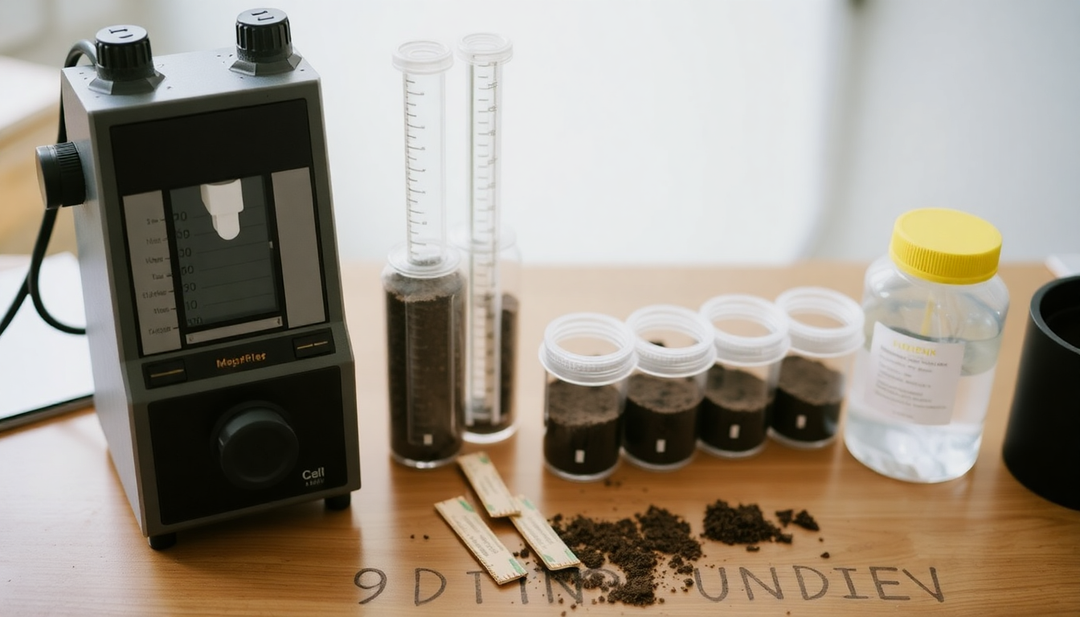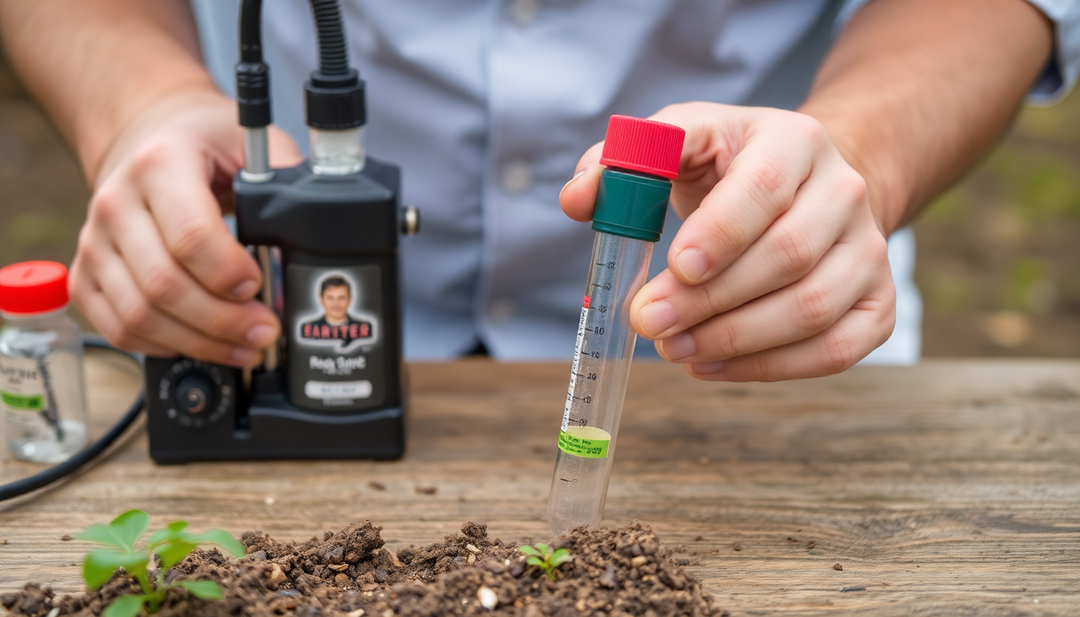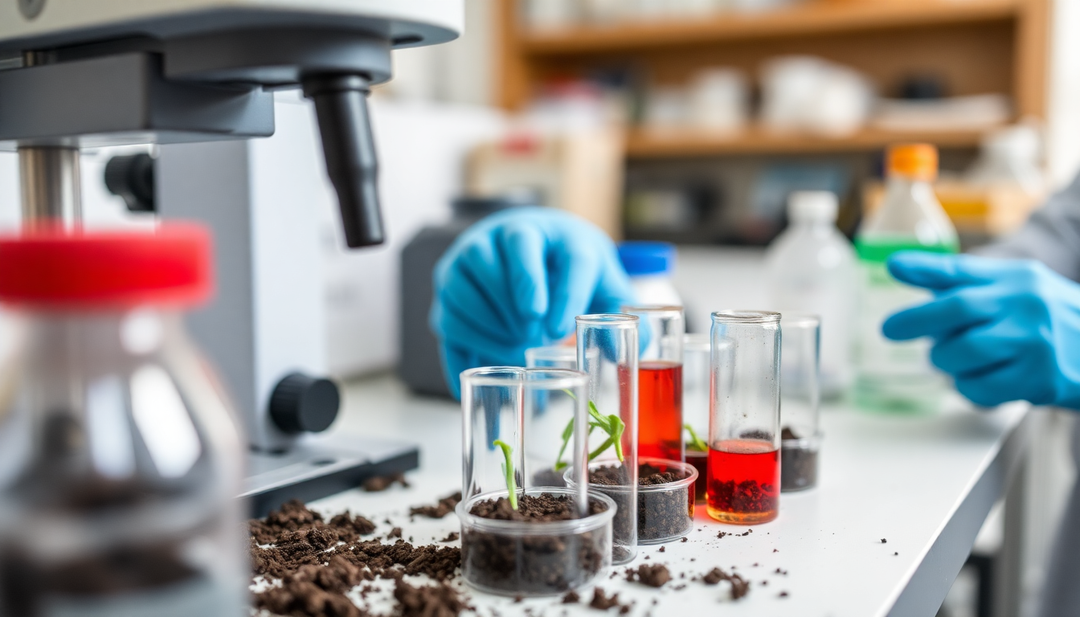Presence of metals in the soil: when to worry?

What are heavy metals ?
Heavy metals are a group of elements with high atomic weights and densities. Some common heavy metals found in soil include:
- Arsenic (As)
- Cadmium (Cd)
- Chromium (Cr)
- Copper (Cu) Lead (Pb)
- Mercury (Hg)
- Nickel (Ni)
- Zinc (Zn)
Presence of metals in the soil: when to worry?
Soil, an essential element for life, can be contaminated by heavy metals. These contaminants, whether naturally occurring or introduced through human activity, can have negative impacts on the environment, human health, and biodiversity. It is therefore important to understand when to be concerned about the presence of metals in the soil.
Heavy metals: silent contaminants
Because lead, mercury, cadmium, arsenic, and chromium do not simply degrade, they can accumulate in the soil over time. Moreover, their presence can come from a variety of sources:
- First of all, industrial activities: air emissions, wastewater discharges, industrial waste.
- Then, agriculture: use of pesticides and fertilizers, spreading of sewage sludge.
- In addition, mining activities: mining, mineral processing.
- In addition, road traffic: vehicle emissions, tire and brake wear.
- Finally, natural sources: volcanic eruptions, alteration of rocks.
The negative impacts of heavy metals
Here is the revised text with transition words:
Once present in the soil, heavy metals can have harmful consequences:
- First, groundwater contamination: heavy metals can dissolve in water and contaminate aquifers, making drinking water unfit for consumption.
- Then, bioaccumulation in the food chain: heavy metals can be absorbed by plants and animals, accumulating in their tissues and potentially reaching dangerous levels in food.
- In addition, impacts on human health: exposure to high levels of heavy metals can lead to serious health problems, such as neurological disorders, cancers, respiratory problems, reproductive disorders.
- Finally, impacts on biodiversity: heavy metals can affect the growth, reproduction and survival of plants and animals, leading to a decrease in biodiversity.
When to worry?
It is important to be concerned about the presence of heavy metals in the soil when:
- First of all, if you live near an industrial area or a mine
- Then, if your soil has been used for intensive agricultural activities
- Also, if you notice signs of contamination: presence of diseased plants, changes in soil color, unusual odors
- Finally, if you are planning to build a house or grow food
What to do if contamination is suspected?
If you suspect soil contamination by heavy metals, it is important to:
- First , contact a specialized laboratory to carry out a soil analysis.
- Then , take steps to limit exposure: avoid eating food from contaminated gardens, wash your hands after touching the ground, and avoid having children play in contaminated areas.
- Finally , consider decontamination solutions if contamination levels are significant: phytoremediation techniques, ion exchange, excavation and disposal.
Conclusion
Indeed, the presence of heavy metals in soil is a major environmental and health issue. It is therefore crucial to understand the sources of contamination, the potential impacts, and the measures to take in case of suspicion. Furthermore, monitoring and managing soil contamination are important for protecting the environment and human health.
Finally, do not hesitate to contact us for additional information on soil contamination and remediation solutions.



